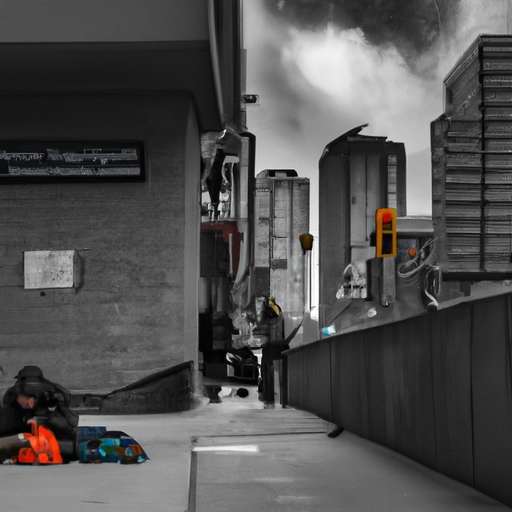Unpacking Toronto’s Multifaceted Opioid Crisis
In a recent update on the ongoing urban issues in Toronto, the deep-seated and widespread effects of the opioid crisis are firmly placed in the spotlight. Drawing from this article, we will critically decipher the implications of the opioid crisis on diverse facets of the community, such as homelessness and crime, and discuss the mouthings of a possible opioid class action lawsuit. Moreover, we will examine the current efforts to combat the crisis, and the significance of opioid antagonists like naloxone.
Underlying Impacts of the Opioid Crisis
According to the article, the opioid crisis continues to ravage Toronto, with an upward trend in opioid-related deaths that shows no sign of slowing down. This data mirrors the nationwide pattern where opioids account for over three-quarters of all drug-related fatalities, underscoring the extent of the problem.
The Link Between Opioids and Homelessness
Including the impacts on Toronto’s homeless population, it is clear the damage of the opioid crisis extends beyond health, spiralling into a social calamity. Homeless individuals are particularly vulnerable, often resorting to drug use as a coping mechanism or falling into addiction due to pre-existing substance abuse problems. The rising cost of treating opioid overdoses places undue strain on shelters and harm reduction services, exacerbating the already dire problem of homelessness and housing shortages in the city.
Opioids and Crime: An Intertwined Saga
The opioid crisis has also wielded a heavy hand in the realm of crime, with opioid-related crimes escalating at an alarming pace. This includes drug trafficking, prescription fraud, and thefts committed to sustain drug use. The surge in drug-related criminal activity poses unprecedented challenges to law enforcement and the broader justice system, straining resources and deepening public safety concerns.
Current Actions and Solutions
The article touches briefly on various efforts aimed at combating the opioid crisis, which merit further exploration.
A Potential Opioid Class Action
The indication of a looming opioid class action lawsuit echoes the United States’ legal battle against opioid manufacturers. A class action lawsuit could hold pharmaceutical companies accountable for their role in the opioid crisis, pressing them to bear part of the financial burden associated with treatment and prevention efforts.
The Role of Naloxone
The acknowledgement of naloxone—an opioid antagonist—as a key weapon in the fight against the opioid crisis provides hope amidst a grim backdrop. Naloxone has proven effective in reversing opioid overdoses, potentially saving numerous lives. However, widespread accessibility and training on its use remain crucial hurdles that need to be addressed.
Key Points
- The opioid crisis continues to plague Toronto, contributing to rising rates of homelessness and crime.
- Homeless individuals are disproportionately affected, with reservoir effects on shelter and service provision.
- The crisis precipitates a rise in opioid-related crimes, adding pressure on law enforcement resources.
- A potential opioid class action may result in pharma companies being held accountable for their role in the crisis.
- Naloxone is a powerful tool in the response to the crisis, but its efficacy is predicated on widespread access and proper usage education.
In the Face of the Crisis
There is no doubt that the opioid crisis is a complex issue entwined with various social problems, including homelessness and crime. It has pushed Toronto to a tipping point and calls for a robust, multifaceted response that confronts the root cause, protects the vulnerable, and capacitates the city’s public health and safety structures. The potential opioid class action airs a beacon of hope for holding those at fault accountable while the role of naloxone represents a critical avenue for immediate change.
Nonetheless, the battle against the opioid crisis demands a steadfast, coordinated, and compassionate approach. We must continue to scrutinize associated governmental measures, support local initiatives, and collectively educate and advocate to end the deathly grip opioids currently have on our city and, by extension, our nation.
